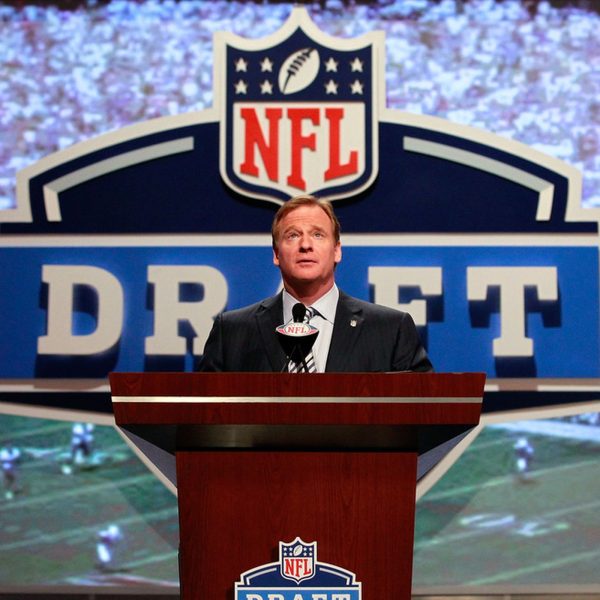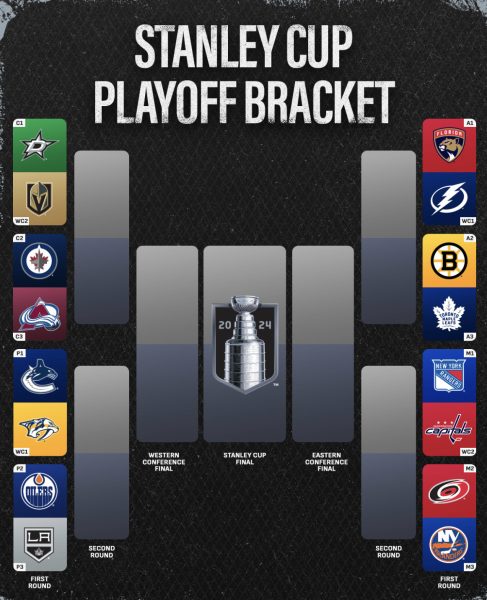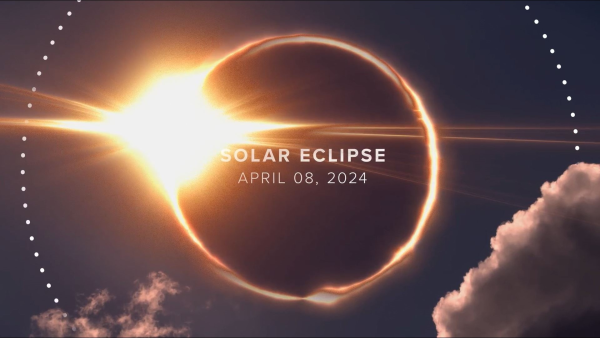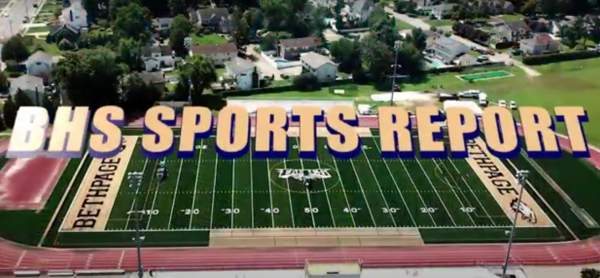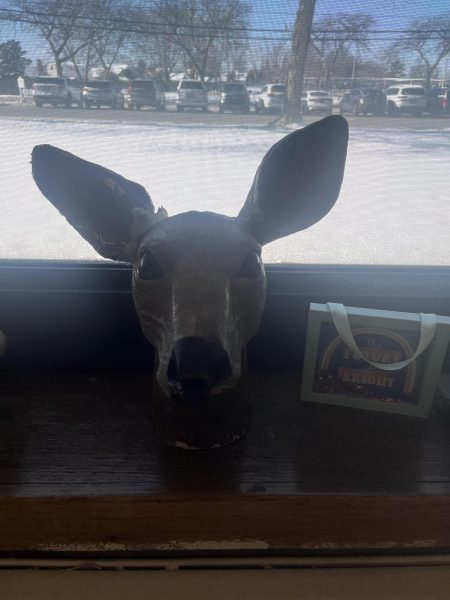Do You Use a Single or Double Space After a Period?
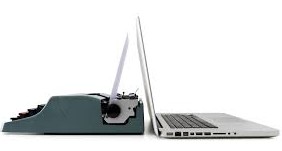
On Monday, January 11th, in Ms. Hald’s 2nd period SCALE English Class, a heated discussion erupted over one space or two should be typed after each period in a sentence.
Ms. Hald claimed there should “always be two spaces” after each period, while the students disagreed and said there should only be one. The argument of each side: their style “looked better.”
Others such as Ms. Buran, agreed with the double-space, claiming that one space looks awkward and unnatural; while students and some teachers (like Mr. Fazio) thought the same about the double-space. And so the debate raged on.
Ms. Bertolotti said, “Transitionally, it’s always been two, but now one space is acceptable.” And this reporter got the same answer from Mr. Malossi, who explained that agents and publishers require one space since the dawn of the digital age, because it saves a surprising amount of paper. However, Mr. Malossi continued, in the age of typewriters, people normally used two spaces, because that was the standard back then.
The origin of the “double space after a period” comes from when there was no such thing as personal computers. Scholars and writers had to use typewriters in college and high school [1987 and earlier] to complete their writing assignments. In typewriting classes, students were taught to “double tap” the spacebar after a period, question mark, exclamation point, and even semicolon. At first, there seemed to be no real logical explanation as to why they were taught that.
But after some research, I found an outsourced answer. In the article Nothing Says Over 40 Like Two Spaces after a Period! Jennifer Gonzalez states a rather interesting explanation for the mysterious double spacing. When using a typewriter, every character was given a certain space on the paper. So, letters such as l were given the same amount of room as the m, which now seems unreasonable. This type of style is called “monospaced typesetting.” Therefore, there needed to be two spaces after each period, so it was easier to see that this was the end of one sentence…and the start of a new one.
So without the younger generation using typewriters, two spaces is just no longer necessary. Which explains why most students in the school never even heard of double-spacing after a period.
So, do you put one space and two after a period? Have you ever even noticed? You probably will now.
Citied:
Gonzalez, Jennifer. “Nothing Says Over 40 Like Two Spaces after a Period!” Cult of Pedagogy.
N.p., 12 Aug. 2014. Web. 14 Jan. 2016.

Jennie Sabella is junior at Bethpage High School. She is a photographer for The Eagle’s Cry, as well as a secretary for Students United for Tolerance...

